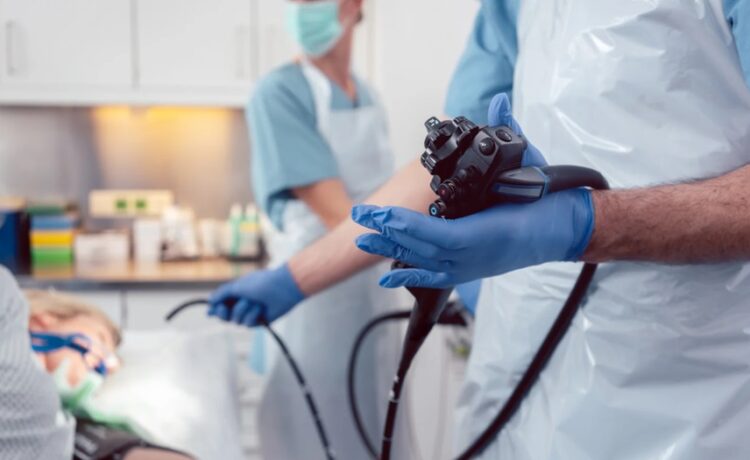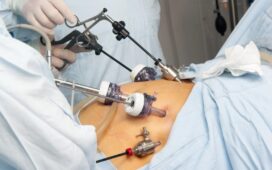Heartburn is a common yet uncomfortable condition affecting millions of people. While occasional heartburn is manageable with dietary changes and over-the-counter medications, persistent or severe symptoms may indicate an underlying issue requiring medical evaluation. One of the most effective diagnostic procedures for assessing gastrointestinal conditions is upper endoscopy in Baltimore. This procedure allows doctors to examine the esophagus, stomach, and upper small intestine to detect potential causes of chronic heartburn, including acid reflux, inflammation, and ulcers.
How Upper Endoscopy Helps Diagnose Heartburn Causes
Upper endoscopy, also known as esophagogastroduodenoscopy (EGD), is a minimally invasive procedure that provides a direct view of the digestive tract. Unlike imaging tests, it enables doctors to see inflammation, abnormal growth, or other issues that may not appear in X-rays or CT scans.
Who Needs an Upper Endoscopy?
Not everyone with heartburn requires an upper endoscopy. However, it is recommended for individuals who:
- Experience frequent or severe heartburn that does not improve with medication
- Have difficulty swallowing (dysphagia) or persistent nausea
- Experience unexplained weight loss or blood in vomit
- Have a history of Barrett’s esophagus or other esophageal conditions
An upper-endoscopy procedure can provide essential insights for those experiencing these symptoms, allowing for early diagnosis and targeted treatment.
What to Expect During an Upper Endoscopy
Upper endoscopy is performed as an outpatient procedure, meaning patients can go home the same day. It is generally well-tolerated and involves minimal discomfort.
The Procedure Step by Step
- The patient is given a mild sedative to relax and minimize discomfort.
- A flexible tube with a tiny camera (endoscope) is inserted through the mouth and guided down the esophagus.
- The doctor carefully examines the esophagus, stomach, and duodenum, looking for signs of inflammation, ulcers, or abnormal tissue growth.
- If necessary, small tissue samples (biopsies) are collected for further analysis.
The entire process takes about 15 to 30 minutes, and patients can typically resume normal activities within a few hours. Understanding how to prepare for an upper endoscopy can help ensure a smoother procedure and accurate results.
Benefits of Upper Endoscopy for Heartburn Patients
This procedure offers multiple advantages for those suffering from chronic heartburn:
- Accurate Diagnosis: Helps identify underlying causes of persistent acid reflux.
- Early Detection: Detects conditions like Barrett’s esophagus, which can lead to complications if untreated.
- Minimally Invasive: Requires no major incisions and has a quick recovery time.
Conclusion
For individuals struggling with chronic heartburn, an upper endoscopy provides a reliable method for identifying potential gastrointestinal issues. By allowing doctors to examine the digestive tract in detail, this procedure plays a crucial role in diagnosing and managing acid reflux and related conditions. If heartburn is affecting your daily life, consulting a medical professional about an upper endoscopy may be the next step toward finding relief.
Additionally, upper endoscopy is a safe and effective diagnostic tool with minimal risks and a quick recovery period. If heartburn is affecting your daily life, consulting a medical professional about an upper endoscopy may be the next step toward finding relief.













